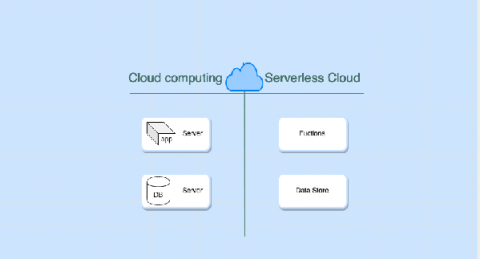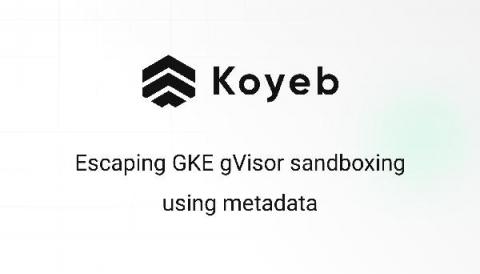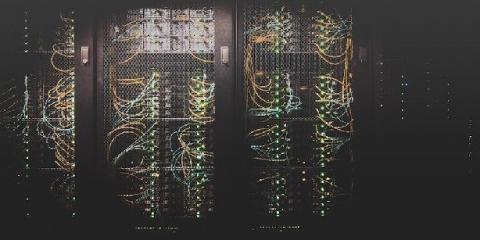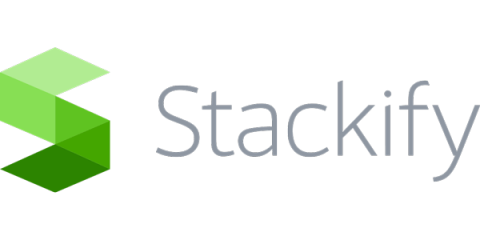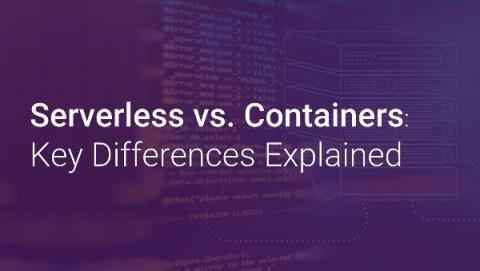10 Reasons Why We Love Firecracker MicroVMs
As we discussed in Firecracker MicroVMs: Lightweight Virtualization for Containers and Serverless Workloads, Firecracker is a lightweight virtual machine monitor (VMM) that uses Linux kernel-based virtual machines (KVM) to provision and manage lightweight virtual machines (VMs), also known as microVMs. Without further ado, here is a list of the top ten reasons why we love Firecracker.





